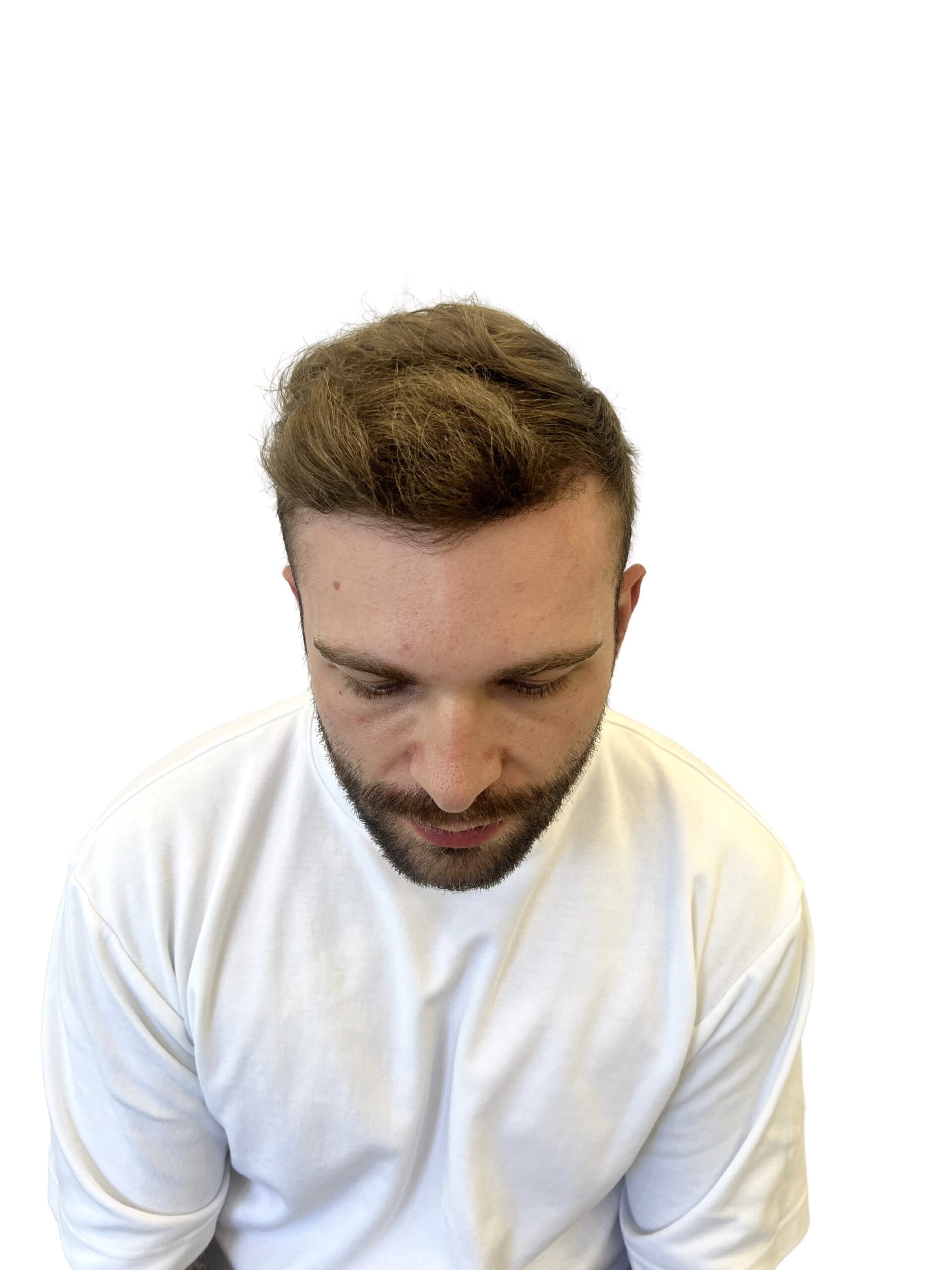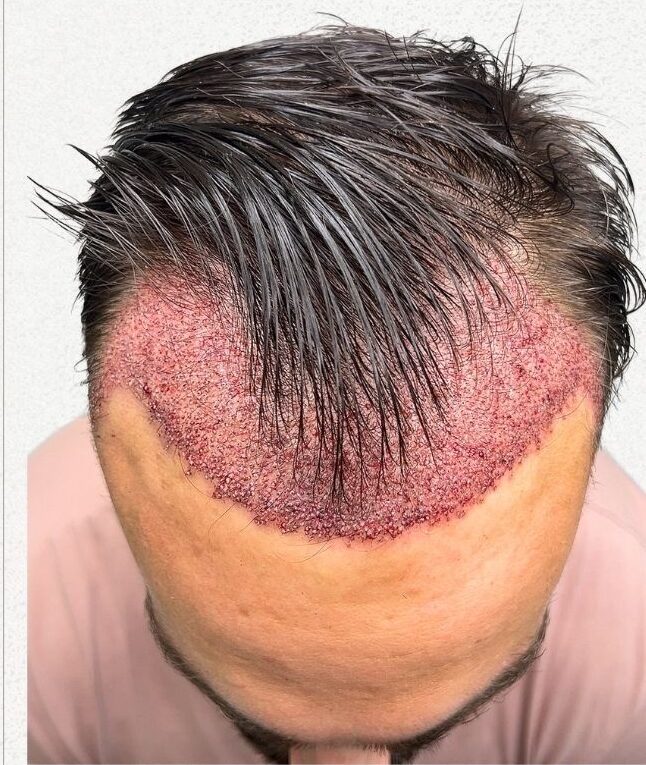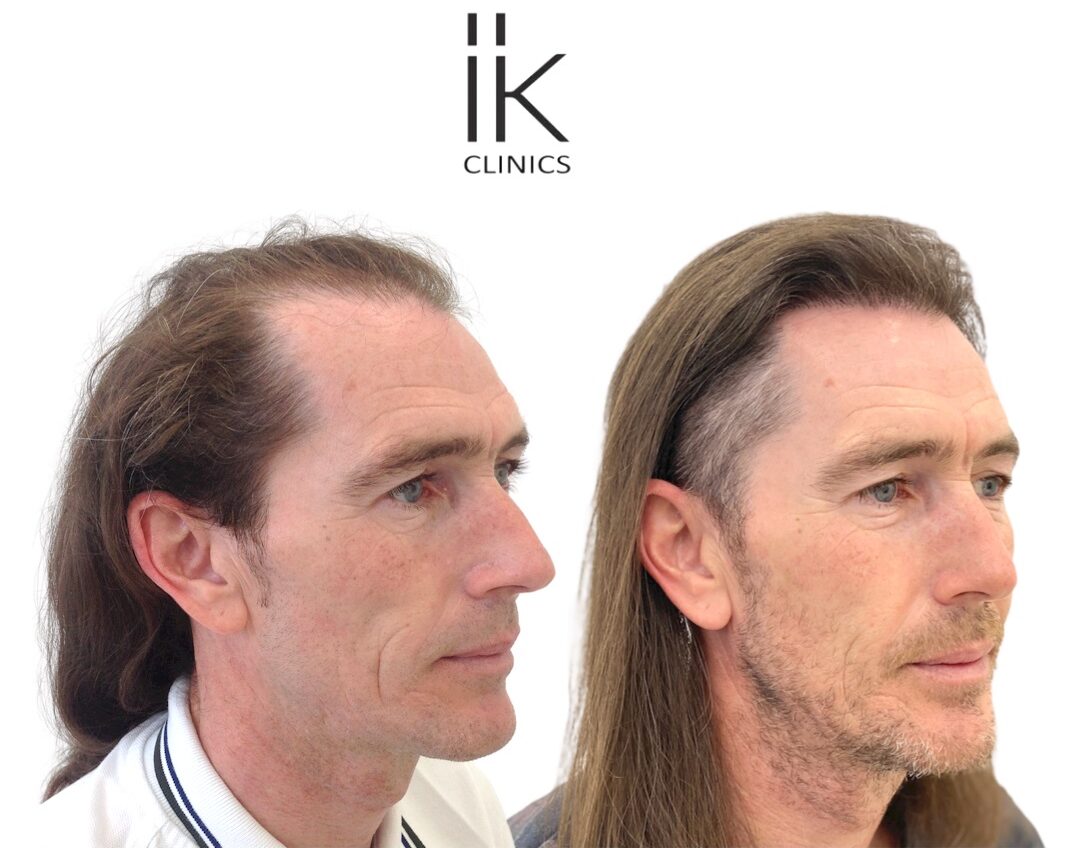From procedures like FUE (Follicular Unit Extraction) and DHI (Direct Hair Implantation) to innovative approaches like Plasma Therapy and Stem-Cell Therapy, there is a wide range of treatments available today.
While the procedure itself is a big part of the journey, the long-term care required afterward is crucial for maintaining and enhancing results.
In this guide, we’ll discuss what each treatment entails and outline the best practices for ongoing care. Whether you’re considering a hair restoration treatment or looking for ways to care for your recent procedure, this guide will offer valuable insights to keep your hair healthy and thriving.
Understanding the Different Hair Restoration Treatments
Before exploring the specific care needs, it’s important to understand the key differences between hair restoration treatments. FUE, one of the most popular methods, involves the individual extraction of hair follicles from a donor area, which are then transplanted to the target area.
DHI is similar to FUE, but a specialised tool implants the hair directly into the scalp, streamlining the process. Plasma Therapy, often called PRP (Platelet-Rich Plasma), uses plasma rich in growth factors drawn from the patient’s own blood to promote hair health and stimulate growth.
Finally, Stem-Cell Therapy leverages stem cells to regenerate hair follicles, encouraging thicker and healthier hair over time. Each approach is unique, so the long-term care varies accordingly.
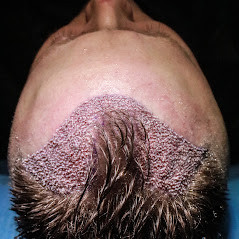
Long-Term Care for FUE and DHI Procedures
Both FUE and DHI involve transplanting hair follicles, so they share several long-term care practices. Immediately following the procedure, it’s essential to adopt a gentle hair care routine.
For the first few weeks and months, avoid aggressive scrubbing and choose mild, sulphate-free shampoos. This approach helps preserve the scalp’s natural oils and protects newly transplanted follicles.
Over time, it’s still wise to handle your hair gently, as transplanted follicles need consistent care to fully thrive.
Sun exposure can also affect the results of FUE and DHI procedures. The scalp becomes particularly sensitive after these treatments, so wearing a hat or using high-SPF sunscreen on your scalp is highly recommended, especially in the first six months.
Prolonged exposure to direct sunlight can irritate the scalp and harm the transplanted follicles, potentially diminishing results.
Diet plays a vital role in the health of your hair as well. A balanced diet rich in protein, omega-3 fatty acids, and essential vitamins (like vitamins C and E) can nourish your scalp and strengthen your hair.
Incorporating lean meats, eggs, nuts, fatty fish, and leafy greens will provide essential nutrients to support hair growth and overall health. Regular check-ups with your hair restoration specialist are also essential.
Visiting your doctor every few months after your procedure helps track your progress and ensure that both your scalp and hair remain healthy, and they can recommend additional treatments if necessary.
Long-Term Care After Plasma Therapy
Plasma Therapy, or PRP, differs from transplant techniques like FUE and DHI. It involves injecting plasma rich in growth factors to stimulate hair growth, often requiring multiple sessions for optimal results.
For Plasma Therapy to be effective in the long term, patients need to commit to periodic sessions as recommended by their specialist. Typically, these follow-ups occur every few months, depending on the condition of your hair and the goals of the treatment.
Lifestyle habits can greatly impact the success of Plasma Therapy. Reducing or eliminating smoking and limiting alcohol consumption can be beneficial, as both can reduce blood flow and impair hair health.
Blood circulation is essential in PRP because it delivers nutrients to the follicles, helping stimulate growth and strengthen existing hair. Avoiding habits that impede circulation can help you maximise the benefits of Plasma Therapy.
When it comes to daily hair care, gentle products are key. Opt for shampoos and conditioners that are nourishing but not too harsh, as they will maintain the integrity of your scalp and hair without causing irritation.
Supplements that contain hair-boosting nutrients like biotin, folic acid, zinc, and iron can complement the effects of Plasma Therapy. Before adding any supplements to your routine, however, consult with your doctor to ensure they align with your specific health needs.

Long-Term Care for Stem-Cell Therapy
Stem-Cell Therapy is an advanced option in hair restoration, stimulating hair growth by regenerating follicles at a cellular level. Since this method takes time to deliver full results, regular follow-up treatments are often recommended, though usually only once a year or as advised by your doctor.
This consistency in follow-ups helps reinforce the effects of Stem-Cell Therapy, promoting sustained growth over time.
Beyond clinical follow-ups, lifestyle choices play a crucial role. Managing stress and prioritising sleep can directly impact the success of Stem-Cell Therapy, as stress has been linked to disruptions in hair growth.
Incorporating relaxation techniques like meditation, exercise, and hobbies can help manage stress levels, while good sleep habits provide your body with the time needed to repair and regenerate. Staying hydrated is another essential practice, as it keeps both the scalp and hair hydrated, preventing dryness that can hinder growth.
An often-overlooked but effective strategy for long-term maintenance after Stem-Cell Therapy is regular scalp massage. Massaging your scalp for a few minutes a few times per week can stimulate blood flow, which supports healthy follicles.
A gentle massage with fingertips, whether during shampooing or before bed, can make a difference in hair quality over the long term.
General Tips for Long-Term Hair Care Post-Restoration
Regardless of the type of hair restoration treatment, certain general care practices will benefit your hair in the long run.
First, managing expectations is crucial; hair restoration doesn’t produce overnight results. The growth process is gradual, often continuing to improve for several months or even years post-procedure. With patience, you’ll see steady progress, so try to appreciate your hair’s journey and give it time.
Consistency in your care routine is also essential. Regular use of gentle hair products, supplements (when recommended), and healthy lifestyle habits all contribute to the longevity of your hair restoration results.
Avoiding chemical treatments like dyes or perms will also help maintain the health of your hair. If you do decide to colour your hair, consider using a gentle, ammonia-free dye and space out treatments to reduce damage.
Finally, adopting a positive mindset and treating your hair with care can make a significant difference. Hair restoration is a journey, and small, consistent efforts add up to long-term success.
By being mindful of your hair and the changes it’s going through, you’ll find that you’re better able to enjoy the results and maintain them over time.
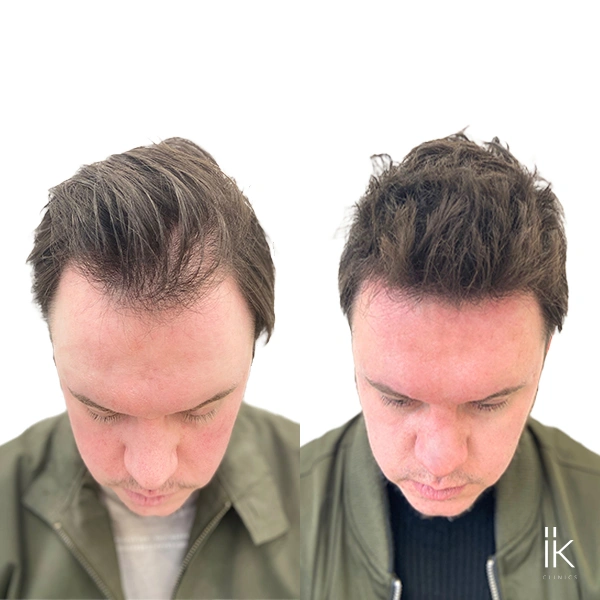
Conclusion
Hair restoration offers a fantastic opportunity to restore confidence and transform your look, but the journey doesn’t end with the procedure. Whether you’ve chosen FUE, DHI, Plasma Therapy, or Stem-Cell Therapy, the key to long-lasting results is diligent, consistent care.
By adopting gentle hair practices, managing lifestyle factors, and following up with your specialist, you can enjoy the benefits of your restored hair for years to come. Each type of treatment has specific needs, so work closely with your doctor to create a personalised care plan that aligns with your goals and lifestyle.
Remember, patience and consistency are the foundation of successful hair restoration. The rewards of seeing healthy, thriving hair are well worth the time and effort.
If you’re considering a hair restoration procedure, or if you’ve recently had one, following these tips will help you preserve and enhance your results, allowing you to fully enjoy the journey to restored confidence and revitalised hair.
About IK Clinics
At IK Clinics, we are proud to stay at the forefront of global hair restoration trends, offering a variety of advanced techniques to meet the diverse needs of our clients. From FUE, PRP to Stem Cell Therapy, we ensure that every client’s treatment is tailored to their personal goals, helping them regain not just their hair but also their confidence.
Interestingly, we don’t just stop at hair restoration treatments, our highly skilled team also offers a range of anti-aging treatments.
